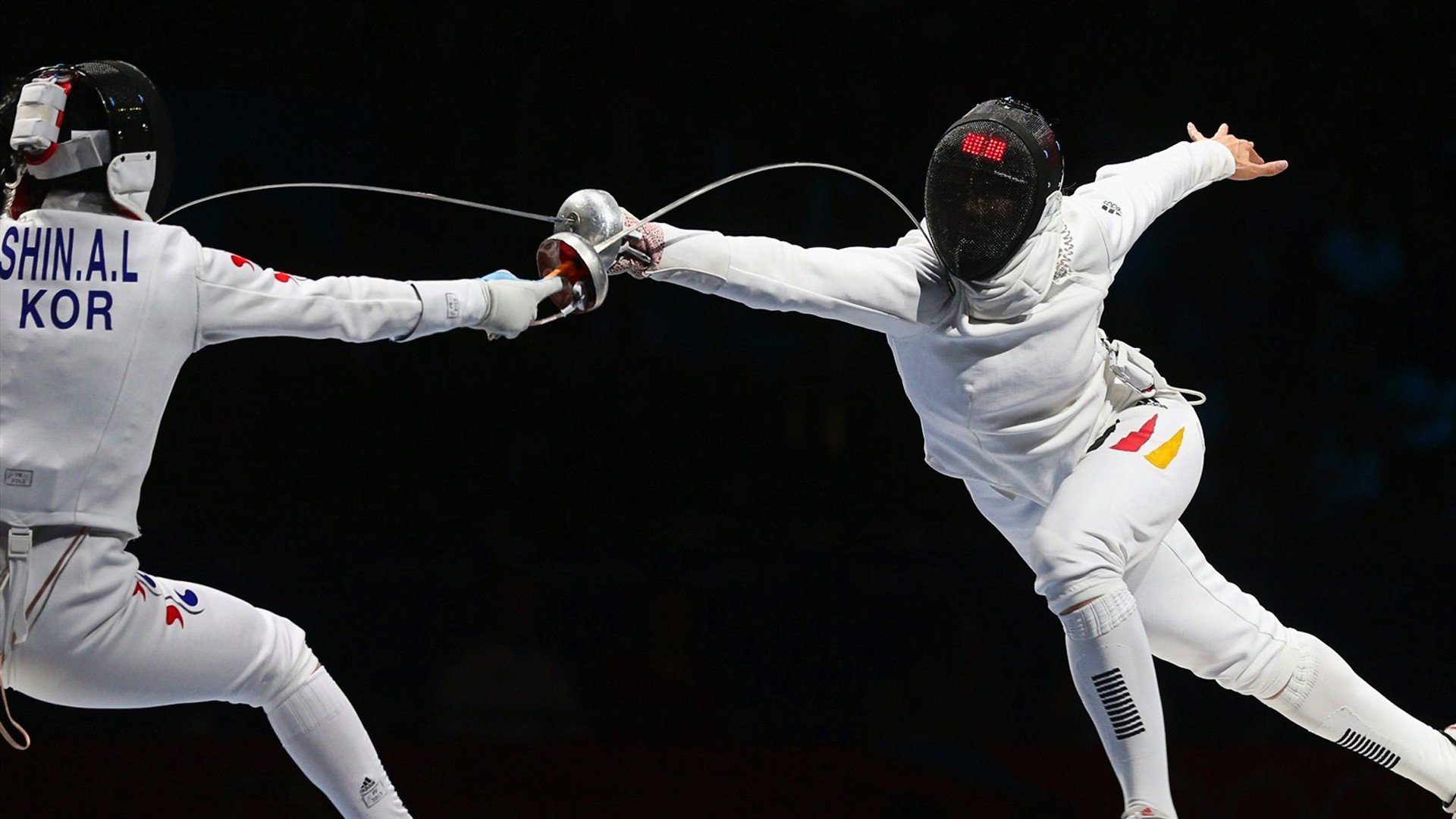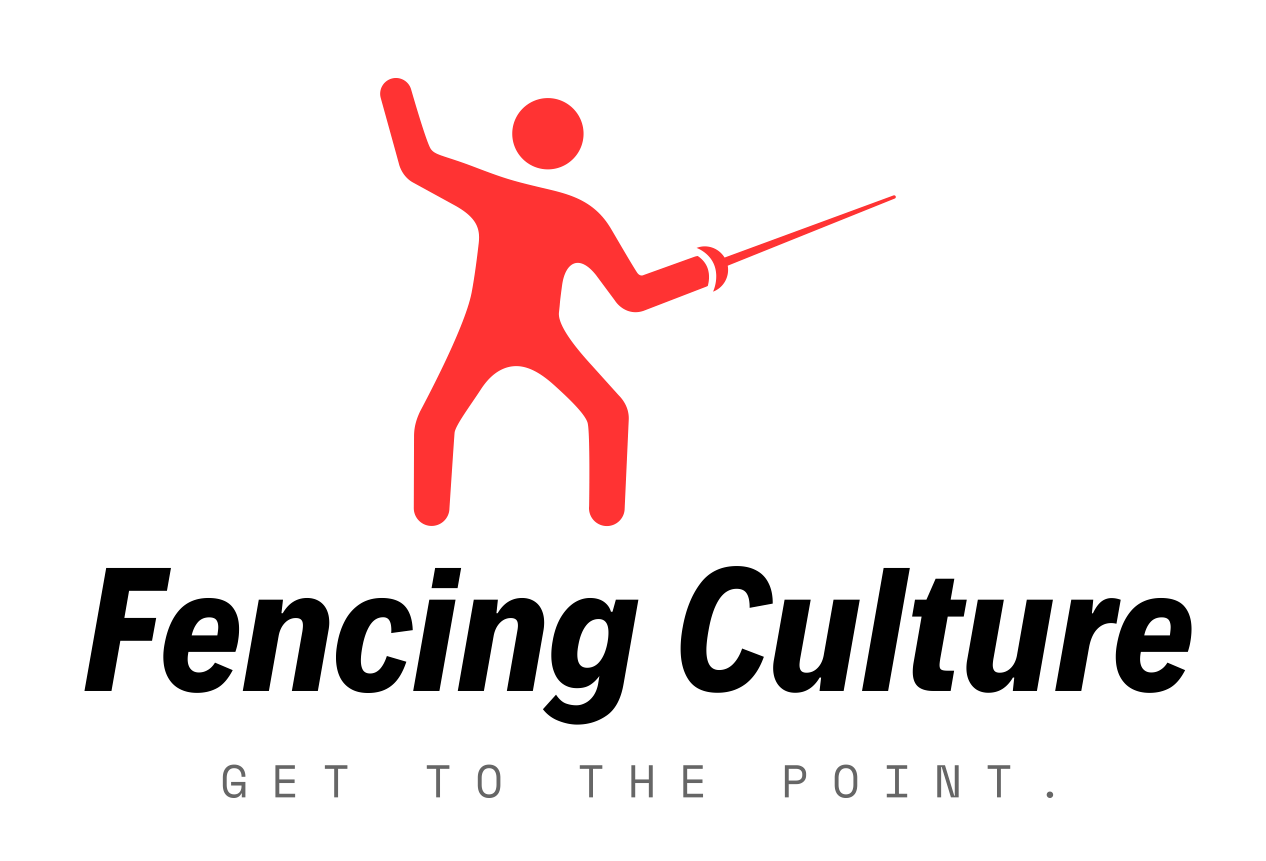
Fencing Overview
The Elegant and Engaging World of Fencing: More Than Just Swords
Fencing, an Olympic sport steeped in history and tradition, is far more than just two people dueling with swords. It’s a captivating blend of athleticism, strategy, precision, and mental fortitude. Often described as “physical chess,” fencing demands lightning-fast reflexes, tactical thinking, and the grace of a dancer. Let’s take a look at the core of this fascinating discipline.
The Three Blades: Foil, Épée, and Sabre
At its heart, modern fencing comprises three distinct disciplines, each with its own weapon, target area, and set of rules:
- Foil: A light thrusting weapon targeting only the torso. Foil emphasizes precision, technique, and the complex convention of “right-of-way,” which dictates priority in an attack.
- Épée: A heavier thrusting weapon where the entire body is a valid target. Épée prioritizes accuracy and timing, with both fencers able to score a touch simultaneously.
- Sabre: A light cutting and thrusting weapon targeting the head, torso above the waist, and arms. Sabre is known for its speed and dynamic movements, also incorporating a “right-of-way” system.
These differences create distinct styles of fencing, each requiring unique skills and strategic approaches.
The Dance of the Piste:
A fencing bout takes place on a rectangular strip called the “piste.” Fencers move with agility and purpose, utilizing specialized footwork to control distance, create opportunities for attack, and evade their opponent’s blade. The back-and-forth movement, the sudden bursts of speed, and the calculated retreats create a dynamic and engaging spectacle.
Beyond the Physical: The Mental Game
While physical prowess is essential, fencing is equally a mental battle. Fencers must constantly analyze their opponent’s tendencies, anticipate their actions, and adapt their strategies in real-time. Reading body language, feinting attacks, and maintaining focus under pressure are crucial elements of success.
A Sport for All:
Despite its historical roots in combat and dueling, modern fencing is a safe and accessible sport for people of all ages and abilities. Protective gear, including masks, jackets, and gloves, ensures the safety of participants. Many find that fencing improves:
- Physical Fitness: Enhances agility, coordination, speed, and strength.
- Mental Acuity: Sharpens focus, decision-making skills, and strategic thinking.
- Discipline and Respect: Fencing instills discipline, respect for opponents, and adherence to rules.
- Confidence and Self-Esteem: Achieving goals and mastering new skills builds confidence.
From Local Clubs to the Olympic Stage:
The world of fencing ranges from local clubs where enthusiasts learn the basics and enjoy recreational bouts to the highest levels of international competition, culminating in the prestigious Olympic Games. The dedication and skill displayed by elite fencers are a testament to the years of training and commitment required to reach the pinnacle of the sport.
More Than Just Swords Clashing:
Fencing is a captivating sport that blends history, athleticism, and intellect. Whether you’re drawn to the precision of foil, the strategic depth of épée, or the dynamic energy of sabre, the world of fencing offers a unique and rewarding experience. It’s a dance of strategy and skill, where every parry, every attack, and every step tells a story on the piste.


